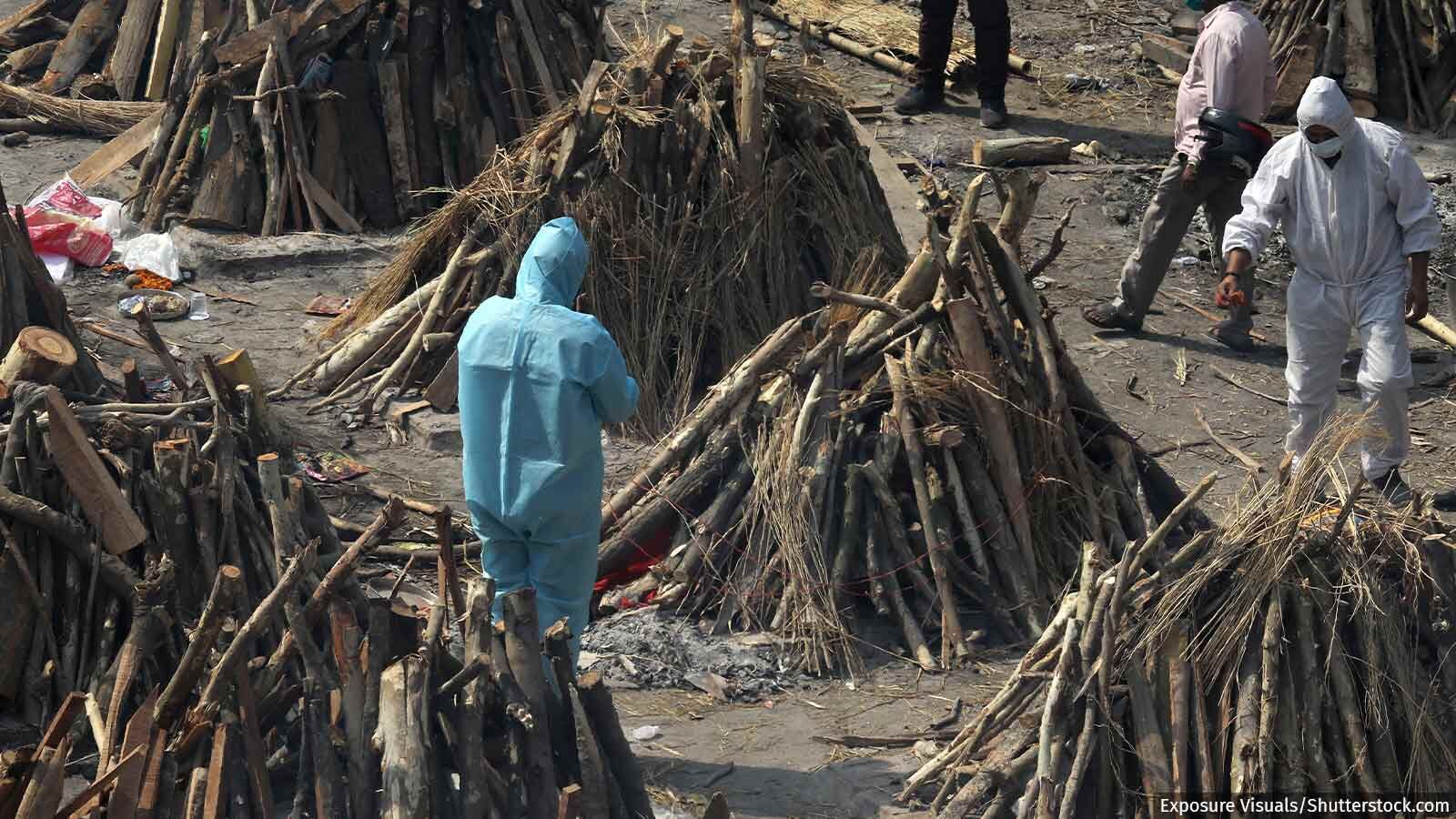Govt Data That Showed Excess Mortality During Pandemic Go Offline
Health data relating to 2020-21 and April-May 2021 in the National Health Mission's Health Management Information System showed a spike in unexplained mortality in rural areas, and disruptions in India's routine immunisations during the Covid-19 pandemic

Chennai: Key official health data that pointed to excess mortality and disrupted health services during the Covid-19 pandemic have suddenly gone offline, an IndiaSpend investigation shows. While government officials say that the reason for the data being unavailable is "server problems", all pre-pandemic data hosted on the same government website remain available.
The National Health Mission's Health Management Information System (HMIS) is a public portal where data from over 200,000 public health facilities--most of them government-run and rural--across India are uploaded every month. The data currently available date back to 2008, and are available down to the sub-district level for every state.
Following reports of disruptions to routine health services during the first nationwide lockdown to stop the spread of Covid-19, which began on March 25, 2020, IndiaSpend used these HMIS data to show that immunisations for children as well as access for adults to drugs and treatments for life-threatening diseases had declined sharply during March-May 2020. Following the publication of the article, the data became unavailable from the HMIS website.
In early July 2021, the data became available again on the website, updated up until May 2021. IndiaSpend used the data to show that there had been a large and unexplained spike in mortality in rural India during the pandemic, which rural health experts interpreted as an indication of severe undercounting of Covid-19 deaths.
Following IndiaSpend's report, a team of researchers led by Prabhat Jha, director of the Center for Global Health Research and professor at the University of Toronto, Canada, used the HMIS data as well as other estimates to argue in a preprint paper that India saw 2.7-3.3 million deaths between June 2020 and June 2021 – 7-8 times higher than the official Covid-19 toll. The government issued press releases in response to both the IndiaSpend article and the pre-print paper, saying that the excess deaths could be from causes other than Covid-19.
Multiple members of parliament (MP) including Kesineni Srinivas, the Telugu Desam Party (TDP) MP for Vijayawada, Ram Mohan Naidu Kinjarapu, TDP MP for Srikakulam, and Aparajita Sarangi, Bharatiya Janata Party MP for Bhubaneswar, also asked questions of the government about the disruption to health services during the pandemic, particularly with regard to the immunisation of children. In response to Sarangi's question, the government on July 23 presented data up to June 2021.
However, earlier this week, the data for 2020-21 and April-May 2021 disappeared from the HMIS website. When contacted by IndiaSpend, D.K. Ojha, deputy director general of Statistics in the Ministry of Health and Family Welfare, said that the problem was that "the server keeps crashing". Data for all previous years were, however, available on the same website. The now-inaccessible data, moreover, downloaded by IndiaSpend just weeks ago, comprise two small folders of zipped Excel spreadsheets. The IT department was on the job, Ojha told IndiaSpend, and the data would be restored. "But we can't say for certain how long these things take," he added.
"This is very surprising, given that older data are still available, and we used the pandemic period data for our research paper," Chinmay Tumbe, assistant professor at the Indian Institute of Management, Ahmedabad, and one of Jha's co-authors, told IndiaSpend, "I hope the data are restored soon."
In addition to excess mortality, the missing data show that 1.5 million fewer children got the BCG vaccine in 2020 compared to the pre-pandemic year 2019, and in the first five months of 2021, there were already over a million fewer children who had received the BCG vaccine than during a comparable period in 2019. Over a million fewer children had received each dose of the pentavalent vaccine and the oral polio vaccines in 2020, and in 2021, a significant shortfall was building as well. The largest disruption in vaccinations coincided with India's first Covid-19 wave, and while the levels of routine vaccination largely recovered between waves, there was another dip in the summer of 2021. Data for June 2021 have not yet been made public.
Over 1.3 million fewer infants between the ages of 9-11 months were fully vaccinated in 2020, and in 2021, a gap of over 800,000 children compared to 2019 was building as well. The number of immunisation sessions planned and held by government agencies declined sharply in 2020.
Routine health services for pregnant women were affected, and diagnostic tests and treatments for several diseases including tuberculosis, India's most deadly infectious disease in normal years, declined, despite an improvement between the two waves.
Activists working in rural areas in particular have experienced firsthand this disruption in services. "People could not access treatment in government facilities for many diseases and health conditions from institutional deliveries to tuberculosis to emergencies as most were diverted for Covid-19 care, while the private hospitals were extortionate," Sulakshana Nandi, the Chhattisgarh-based National Joint Convenor of People's Health Movement India (Jan Swasthya Abhiyan), told IndiaSpend. "It's unfortunate that we don't have the data to track it--the public has a right to this information, it is generated from us and with our money. It is absolutely unethical for the government to hide the data," she added.
Update: Following the publication of this article, the data were restored as 'provisional'.
We welcome feedback. Please write to respond@indiaspend.org. We reserve the right to edit responses for language and grammar.


